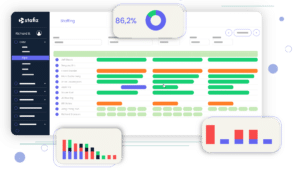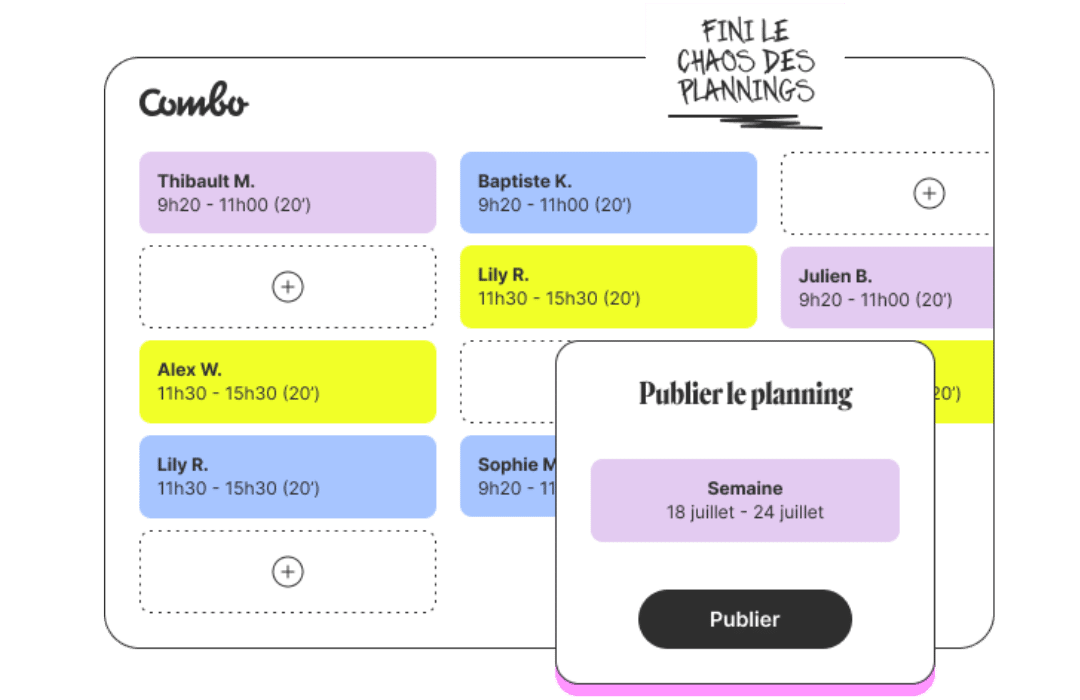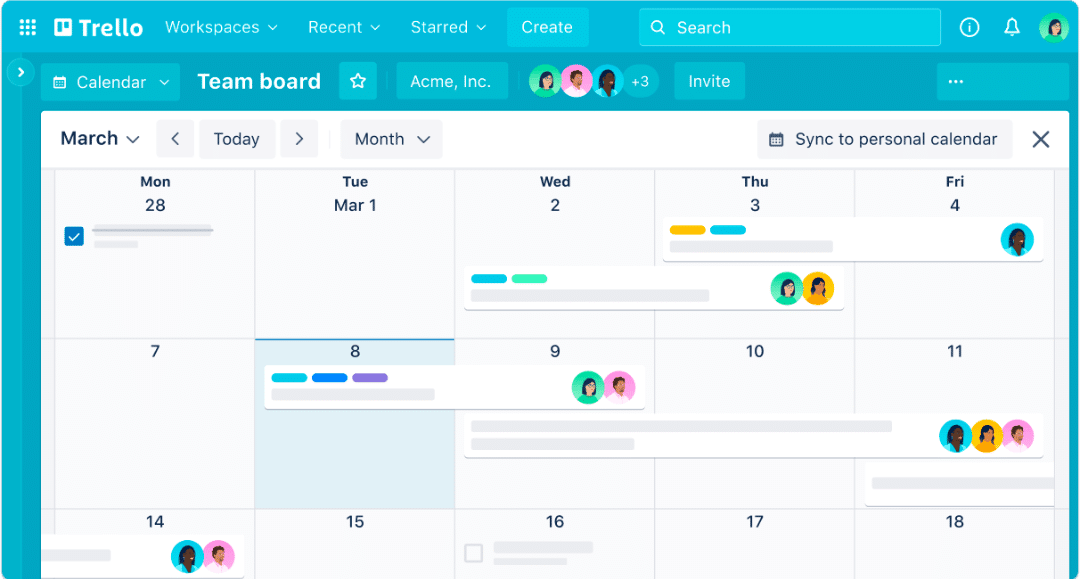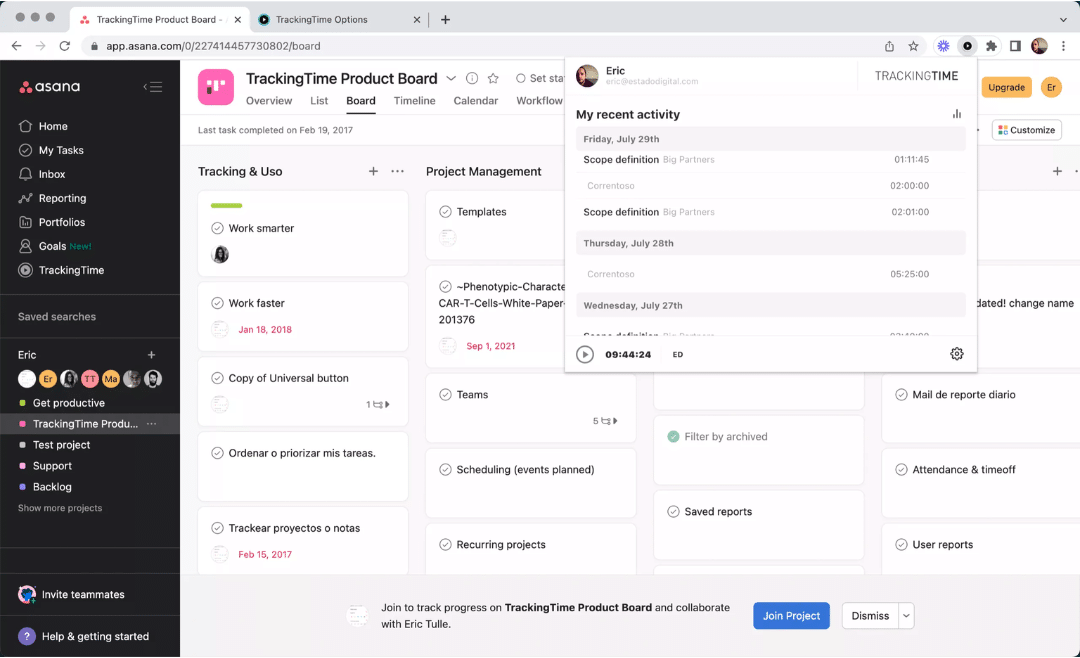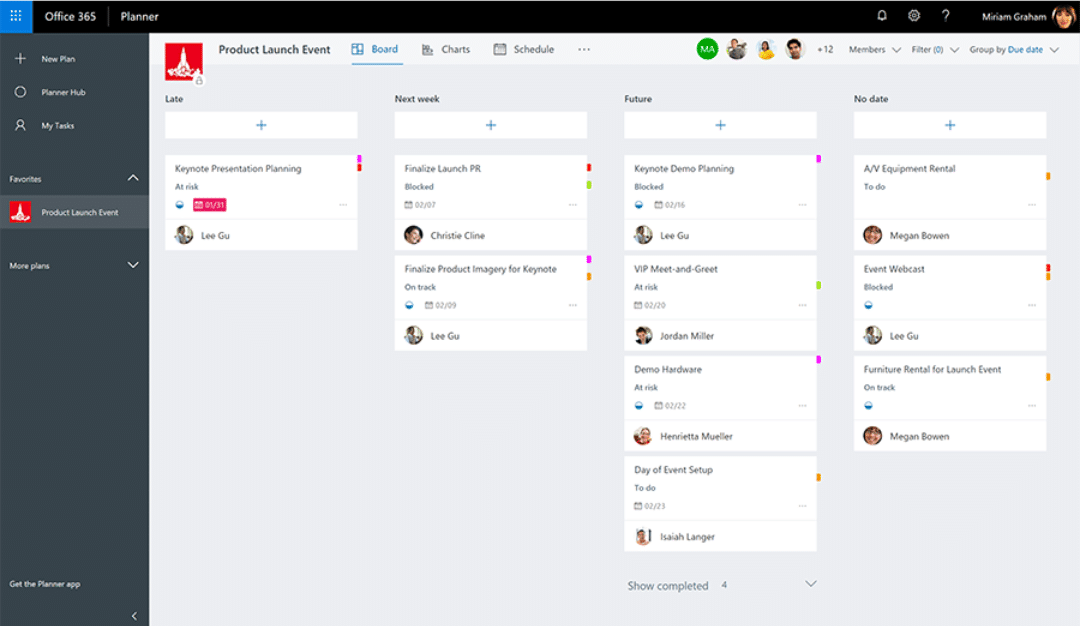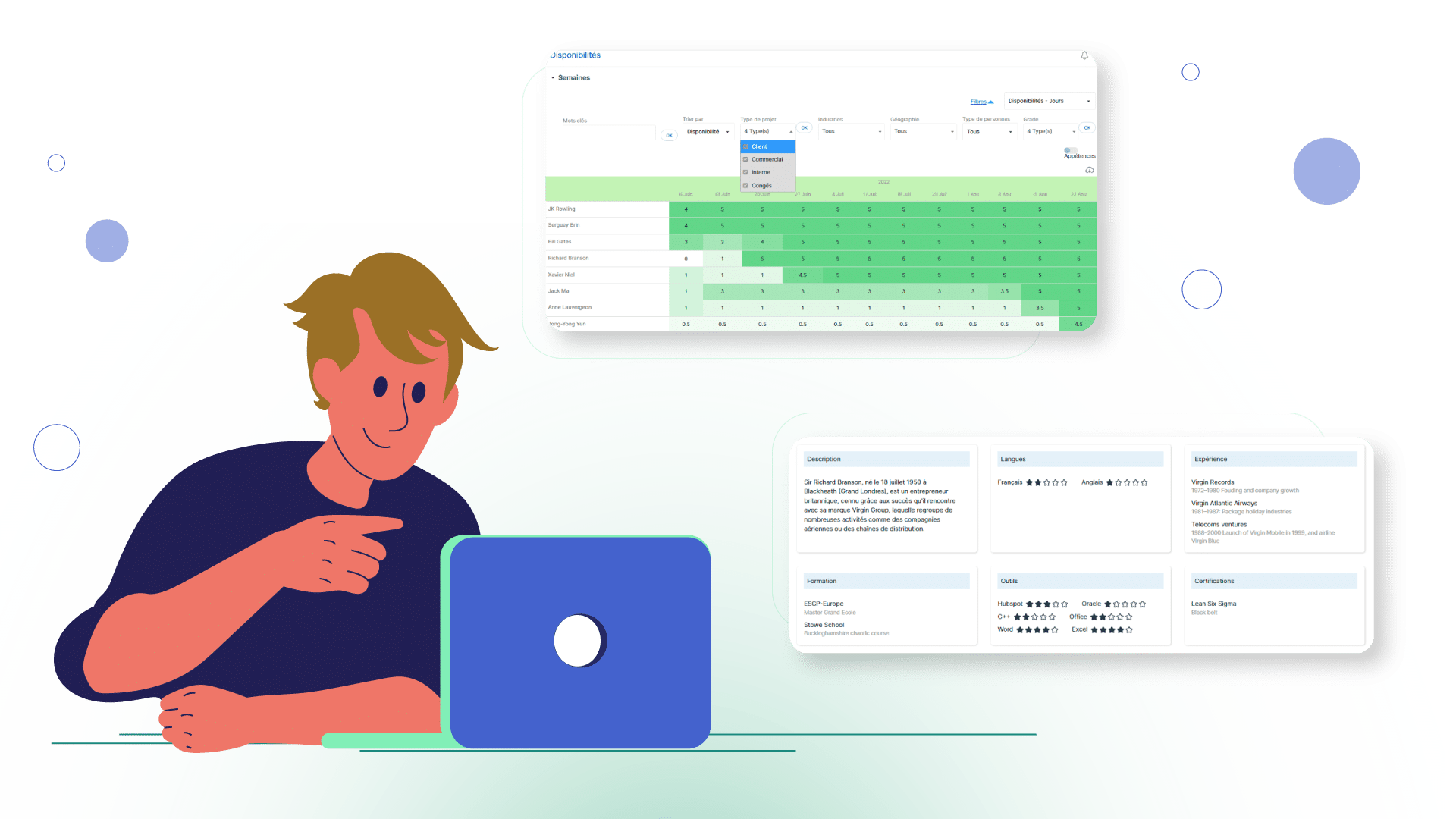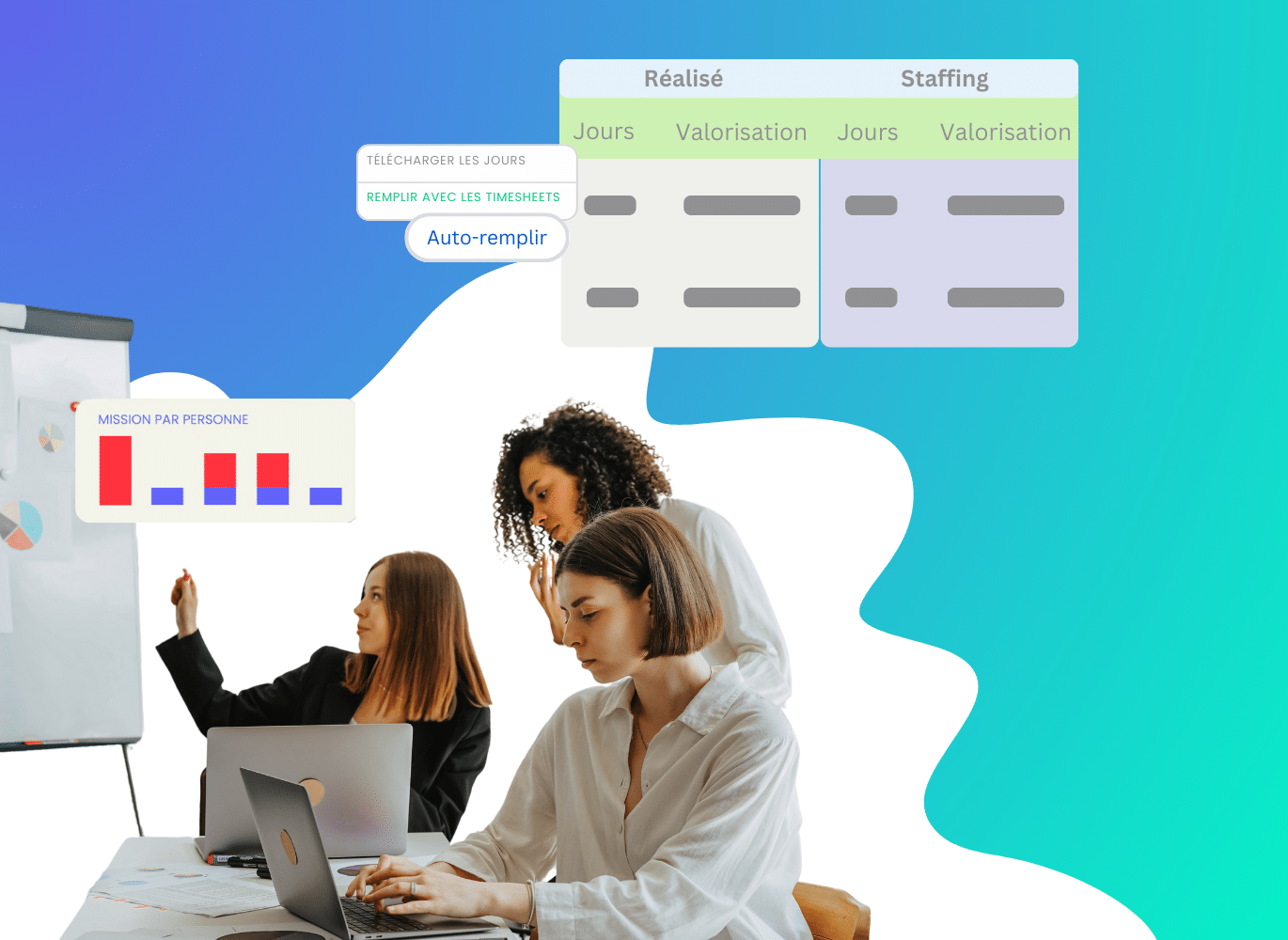Resource Capacity planning tools: which one to choose?

Stafiz: the best tool for working in project mode
Designed for service company workflows, Stafiz is a robust, all-in-one solution specifically tailored to consulting firms and professional services firms in a variety of industries.
Its features are designed to streamline operations and maximize resource efficiency, while also placing a strong emphasis on financial and cost management.
Resource Capacity Management
Stafiz offers advanced features to find, allocate, and optimize resources based on skills, availability, and workload.
This ensures that employees are efficiently assigned to the right projects, minimizing downtime and maximizing profitability.
Project monitoring and forecasting
With real-time visibility of project progress, Stafiz enables precise tracking of deliverables, costs and deadlines.
By integrating resource management and project tracking into a single platform, Stafiz calculates forecasts to anticipate potential bottlenecks or resource shortages, helping managers make proactive decisions.
The data is more reliable because any changes in workload planning automatically update the project schedule and capacity forecasts.
Financial management of projects
Unlike many competitors, Stafiz offers powerful financial tools, including:
- Automated invoicing : Set triggers to automatically invoice your customers and schedule reminders for unpaid invoices.
- Expense tracking : From project-related resource costs to non-billable expenses, track every cost for accurate accounting.
- Revenue recognition : Easily set up revenue recognition for fixed-price or time-spent projects.
A collaborative tool
Teams can use Stafiz to collaborate more effectively by sharing project updates, files, and other feedback in a centralized space. This ensures better coordination between departments and reduces misunderstandings.
This integration of operational and financial data eliminates back-and-forth between multiple software, reducing errors and administrative burden.
This comprehensive functionality makes Stafiz particularly suitable for consulting firms and IT service companies.
Why choose the Stafiz tool?
Stafiz is highly customizable, allowing companies to tailor workflows, reports, and dashboards to their specific needs, providing actionable insights for better decisions.
As businesses grow, they can rely on Stafiz's scalability, which easily scales to more users, projects, and complex requirements, without compromising performance.
Features
- Simple task management : Create, assign, and track tasks with minimal effort.
- Integration : Connects seamlessly with Teams and Outlook for easy collaboration.
Disadvantages
While it's easy for Microsoft users to adopt, it offers limited features for advanced project and resource management.
